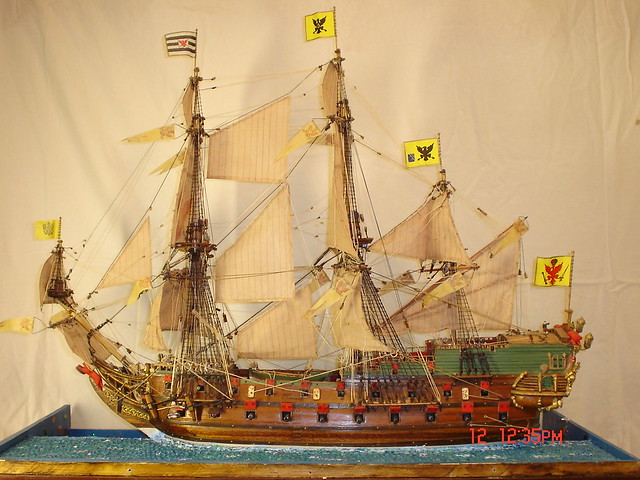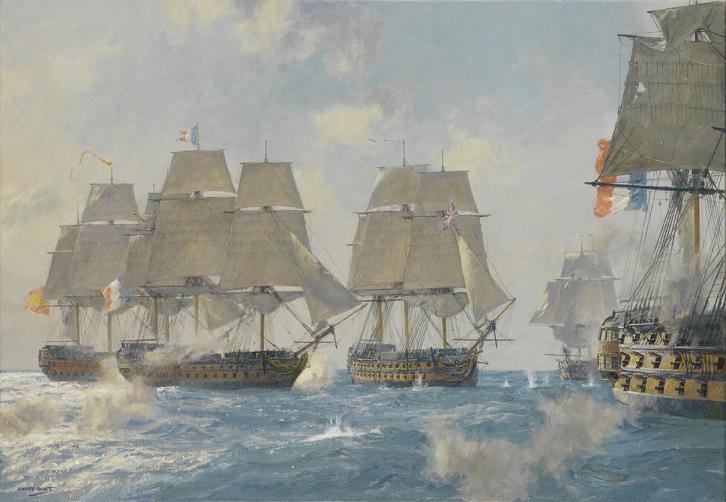I am in process of buying the 1/96 Constitution. Have done alot of reading on the forum about the kit and I have no fears about building it, been a hobbyist in many different disciplines for 50ys or so and worked on and off in the hobby industry for 30yrs plus.
I do have alot of questions though. Since this kit has been around what seems like since the dawn of plastic kits, is one series of yrs it was made that is more preferable than others?
Is one aftermarket wood deck better than others ? Am I better off going with wood blocks and if so what sizes and link to a quality supplier please. Advantage to bronze cannons ? I did read some place about a better scale looking line to use for rigging but cant find it now, so link and what colors and sizes please. I seen a build thread that the builder ( Mr Toshi did an amazing job) using PE on a one side see thru B-17. Is there such items for this kit ? Any other aftermarket must use addons ?
I want to say tks ahead of time. I almost made the mistake of buying the Revell 1/96 USS United States, but tks too a knowledgable folks here on the forum were pointing out its not a good kit far as historic accuracy and the lack of info on that ship makes it hard to get it right. This is going to be my first “Large” sailing ship and want to make it as nice as possible. Again thank you ![]() Dale
Dale


 The talented British marine artist, Geoff Hunt portrayed this painting of British and French warships in the heat of battle during the epic Trafalgar engagement on October 21,1805. All of the vessels have their fore staysail, fourcourse, main staysail, maincourse and mizzen staysail furled. Since cannon fire was usually directed at the hull of the enemy combatant, these sails would suffer the most damage and therefore had to be protected if the ship ever hope to have sail power. Perhaps this sail arrangement could be termed “battle dress.”
The talented British marine artist, Geoff Hunt portrayed this painting of British and French warships in the heat of battle during the epic Trafalgar engagement on October 21,1805. All of the vessels have their fore staysail, fourcourse, main staysail, maincourse and mizzen staysail furled. Since cannon fire was usually directed at the hull of the enemy combatant, these sails would suffer the most damage and therefore had to be protected if the ship ever hope to have sail power. Perhaps this sail arrangement could be termed “battle dress.”